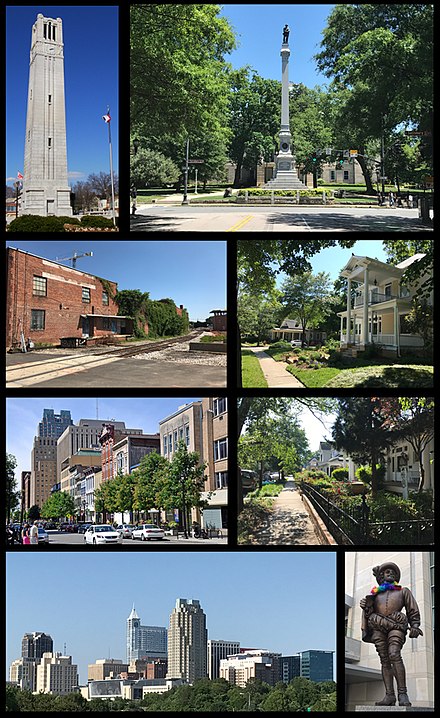
A guide to right-of-way laws in North Carolina
Content
Driving safely is everyone's responsibility, and driving laws are in place to protect you. When it comes to the rules of the road, there can be some confusion - who goes first? Most of the right-of-way laws are based on simple common sense. If you're not sure what steps to take when driving in North Carolina, the State Driver's Handbook can help.
Summary of North Carolina Right of Way Laws
Right-of-way laws in the state of North Carolina can be summarized as follows:
driver and pedestrian
When you are driving, you must always give way to pedestrians.
If there are no traffic lights, pedestrians should be given the right of way at marked or unmarked pedestrian crossings.
When there is a traffic light, pedestrians must obey the same signals as drivers - this means that they must not cross the road on a red light or enter a pedestrian crossing on a yellow signal.
When pedestrians cross the road on a green light, they have the right of way.
If the traffic signal changes from green to yellow or from yellow to red while the pedestrian is still in the crosswalk, the driver must give way and allow the pedestrian to cross safely.
Blind pedestrians always have the advantage. You can recognize a blind pedestrian by seeing a guide dog or a white cane with a red tip.
Some intersections are equipped with "go" and "do not go" signals. Pedestrians who cross the road at the "Go" signal have right-of-way, even if they are not looking at the green light.
Ambulances
- Police cars, fire trucks, ambulances and rescue vehicles always have the advantage if their sirens sound and their cars flash. You must always give way, regardless of the direction in which the emergency vehicle is moving.
Intersections
A vehicle that is already at the intersection must be given the right of way.
If two vehicles arrive at the same time at an unmarked intersection, priority must be given to the driver driving straight ahead.
At the stop sign, you must give way to through traffic.
When leaving the roadway, you must give way to vehicles.
Common Misconceptions About Right of Way Laws in North Carolina
Motorists in North Carolina often assume that pedestrians are not required to follow the rules of the road. In fact, they do. A pedestrian can be fined for not giving way to a car. However, this does not mean that you can act as usual if a pedestrian breaks the law - since pedestrians are much more vulnerable than motorists, a motorist must give way to a pedestrian, even if he is clearly breaking the rules.
Penalties for non-compliance
In North Carolina, failing to yield to another motorist will result in three demerit points on your driver's license. If you don't yield to a pedestrian, that's four points. You will also be fined $35 for failing to yield to a motorist, $100 for failing to yield to a pedestrian, and $250 for failing to yield to an ambulance. Legal fees may also apply.
For more information, refer to Chapter 4 of the North Carolina Driver's Handbook, pages 45-47 and 54-56.
